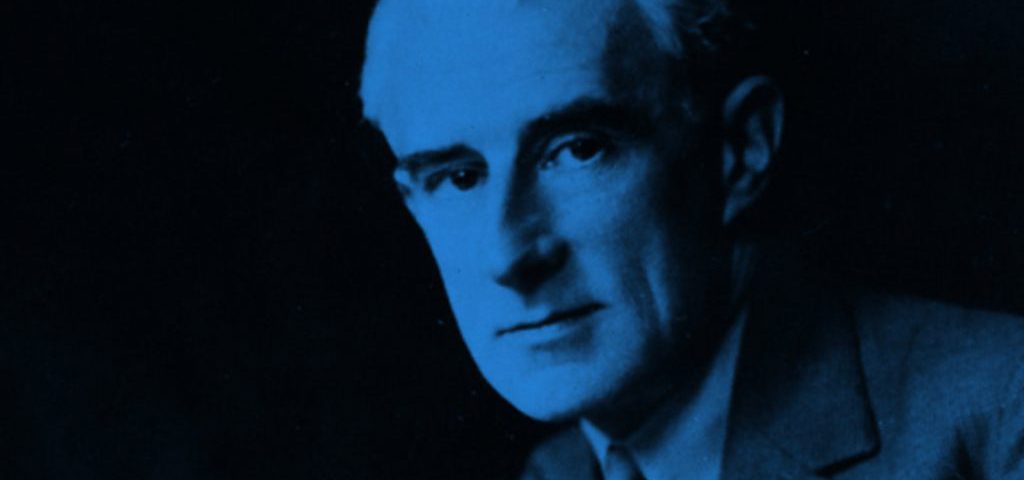Maurice Ravel: Le tombeau de Couperin
La Mirada Symphony Orchestra’s free concerts are donation-supported. [themify_button text=”#ffffff” target=”http://www.lamiradasymphony.com/donate/” bgcolor=”purple” size=”small” link=”http://www.lamiradasymphony.com/donate/”]DONATE[/themify_button]
The La Mirada Symphony will be performing Le tombeau de Couperin, one of Maurice Tavel’s most recognizable pieces composed by Maurice Ravel at our May 21st concert.
Maurice Ravel (born March 7, 1875, Ciboure, France—died December 28, 1937, Paris), a French composer of Swiss-Basque descent, was known for his iconic orchestra pieces such as Boléro (1928), Rapsodie espagnole (1907), the ballet Daphnis et Chloé (first performed 1912), and the opera L’Enfant et les sortilèges (1925; The Child and the Enchantments). Ravel was regarded as France’s greatest living composer, both nationally and internationally.
Le tombeau de Couperin
Le tombeau de Couperin is a suite for solo piano that was composed between 1914 and 1917, in six movements based on those of a traditional Baroque suite. Each movement is dedicated to the memory of a friend of Ravel (or in one case, two brothers) who had died fighting in World War I. Ravel also produced an orchestral version of the work in 1919, although this omitted two of the original movements.
Tombeau in the title is a musical term popular from the 17th century meaning “a piece written as a memorial“. The specific Couperin that Ravel intended to evoke is thought to be François Couperin, a French Baroque composer. Ravel stated that his intention was to pay homage more generally to the sensibilities of the Baroque French keyboard suite, but not necessarily to imitate or pay tribute to Couperin himself in particular.
Written after the death of Ravel’s mother in 1917 and of friends in the First World War, Le tombeau de Couperin is a light-hearted and reflective work. Criticism was made about the tone of the piece which Ravel explained in response: “The dead are sad enough, in their eternal silence.

